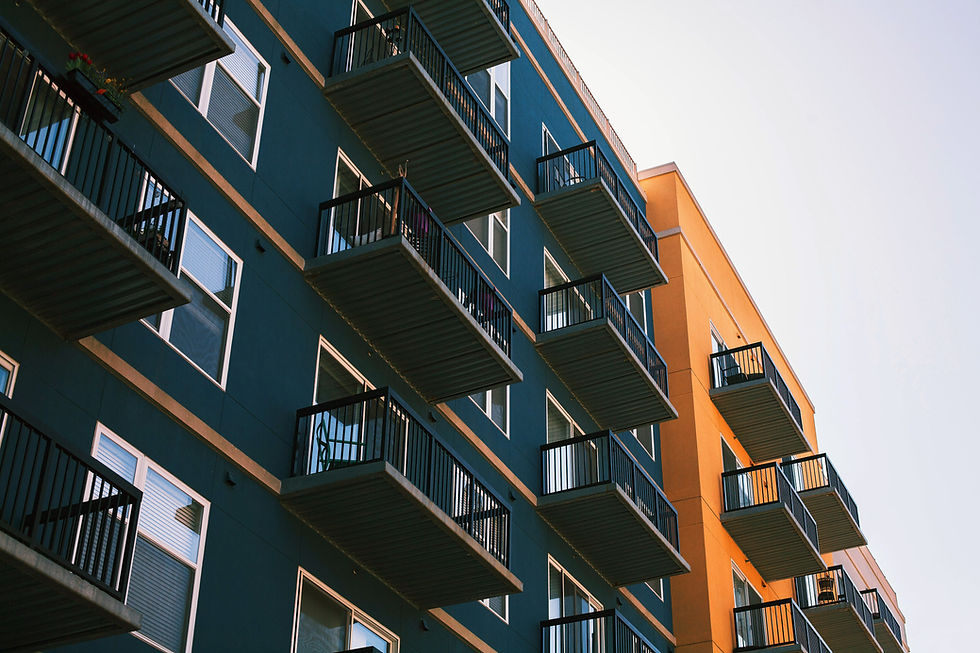How Floating Wood Floors Are Quietly Redefining Project Timelines
- Jennifer Alvarez
- Nov 4
- 2 min read
The Shift Behind the Spec
Commercial buildouts are under constant pressure. Compressed schedules, rising labor costs, and tighter environmental controls have made flooring installation one of the biggest slowdowns. Traditional glue-down methods require spotless subfloors, cure times, and specialized labor.That process has started to evolve. Floating wood systems, once viewed as strictly residential, are re-entering the commercial conversation because modern construction methods have changed what they can deliver.
From Shortcut to Strategy
Installers who have worked in the trade for years remember when floating meant laminate. Those early versions offered convenience but lacked stability and acoustic integrity. Today’s real wood veneer construction and upgraded locking profiles have changed that entirely. The result is a real wood floor that installs faster, stays stable, and keeps pace with commercial buildouts.
Time and Labor at the Center of It

Every hour counts on a job site. Adhesive-based installations often hold up other trades while glue cures or ventilation clears. Floating systems remove that downtime.
No adhesive means faster sequencing with millwork and finishing trades.
Reduced labor demand keeps schedules moving in markets where skilled crews are stretched thin.
Simplified cleanup reduces waste and job-site hazards.For multi-unit developers, small time savings translate into real project gains.
Dual Installation Flexibility
Most click systems on the market are limited to floating installs. Their cores can’t handle the tension or compression from adhesive. Wood veneer systems built on denser, cross-ply cores can. They can float over underlayment or be glued to concrete when site conditions call for it.That flexibility gives contractors control over the install method without changing materials mid-project.
Where Floating Wood Floors Fit Best
Floating wood floors have found their place in adaptive reuse projects, tenant improvements, and corporate interiors that can’t afford downtime. They’re also being used in retail and hospitality spaces where clean installs and easy repairability matter most. In every case, the advantage is flexibility: real wood performance that meets real project constraints.

Looking Ahead
Floating floors were once considered a shortcut. Now they’re a legitimate specification strategy. When a material offers the warmth of real wood, the durability of engineered construction, and an install method that adapts to any schedule, it stops being an alternative and becomes the preferred choice.
Next Step
If you’re evaluating flooring for a commercial or multifamily project, reach out to our team at info@hauteplank.com to discuss your project specifications or request samples.



